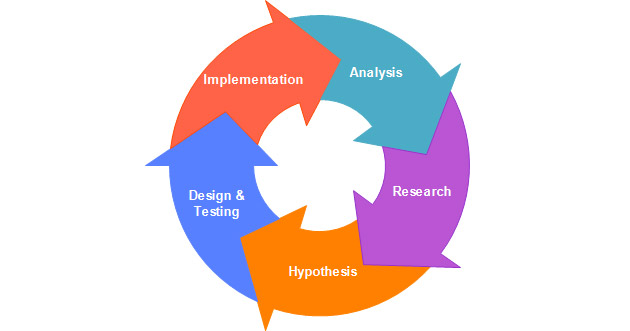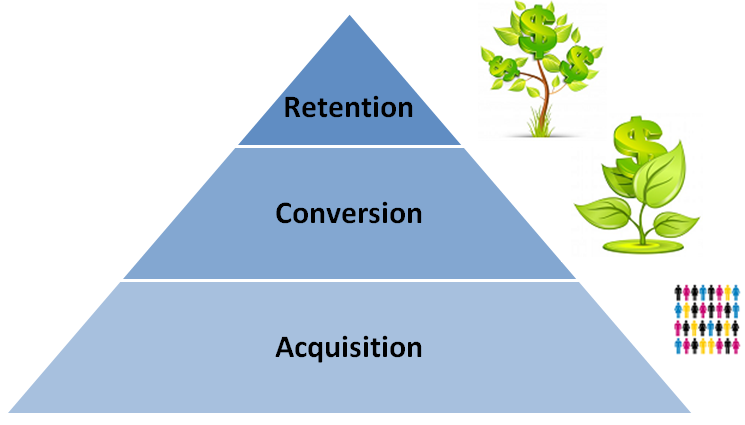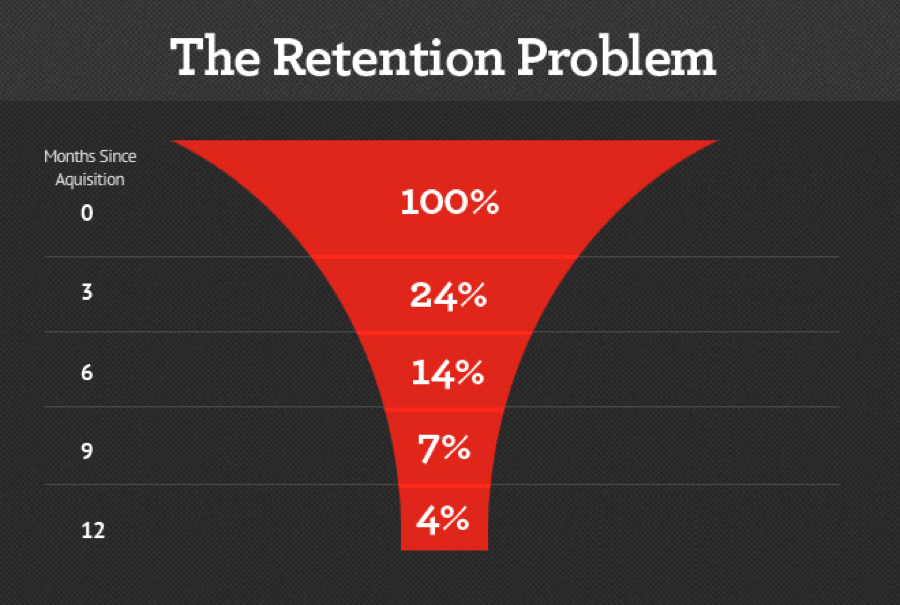FACTORS AFFECTING THE CONVERSION RATE
Whatever the conversion rate is, undoubtedly you will want to raise it to a new level. The problem is how to increase website conversions. To do this, consider the factors that directly or indirectly affect conversion rates. These factors can be divided into two categories – external and internal.
EXTERNAL FACTORS – are actions that take place with the visitor before he gets on the sit:
Advertising resource. The interest of the user depends on the source where he came from.
SEO. Obviously – the higher the resource in search results, the more likely it is that the visitor will go to your site and make necessary actions. Accordingly, those chances drop significantly if the site is outside the front pages.
INTERNAL FACTORS – the elements of your website that can make a person stay on the site and perform the necessary actions for you:
Design. The first thing that people see when you go to the site. Pleasant appearance of the website can hold visitor, and thus increase the chances of performing the desired action. Design can not be neglected, as poor appearance repels visitors even with good content and services.
Content. Undoubtedly, this is one of the most important components. In most cases, visitors to the site looking for any information. To the visitor to take appropriate action, all your content has to be of high quality, useful and easy to understand.
Usability. This, in general, the rate of usability. Often the owners of the websites are added to the page a lot of waste material which confuses visitors.
The technical condition of the site. It indicates all of the technical components. If you plan is to increase the conversion of the site, it should load quickly, do not contain extra pages. In addition, you must choose a reliable hosting, and that the resource was available to the public at any time.
Semantic core. Very often it is the text located on the site may cause poor conversion.
A FEW TIPS FOR INCREASING WEBSITE CONVERSION
- Always make sure that your website displays correctly in the most used browsers (Opera, Chrome, Mozilla, IE), and their versions.
- Do not forget that any resources should be contact information. Visitors often refuse to buy something or find out details only because of differences of mobile operators. Accordingly, you need to give a complete list of contacts for which you can be contacted.
- When selling items be sure to include a detailed description and price.
- You may place a separate page on the site with a description of the company, awards, publications. Thanks to this information the confidence in you will increase, which leads to an increase in conversion.
- Reviews – one of the most important components. According to the reviews and experiences of others, visitors can make a decision – whether or not to trust you.
- Remember the simplicity and convenience. Make the process of acquiring the product for the user as easy as possible, without further action.
- Make sure that the navigation is able to answer all the questions the user, or to show him the way to the desired section.
Thanks for reading.




